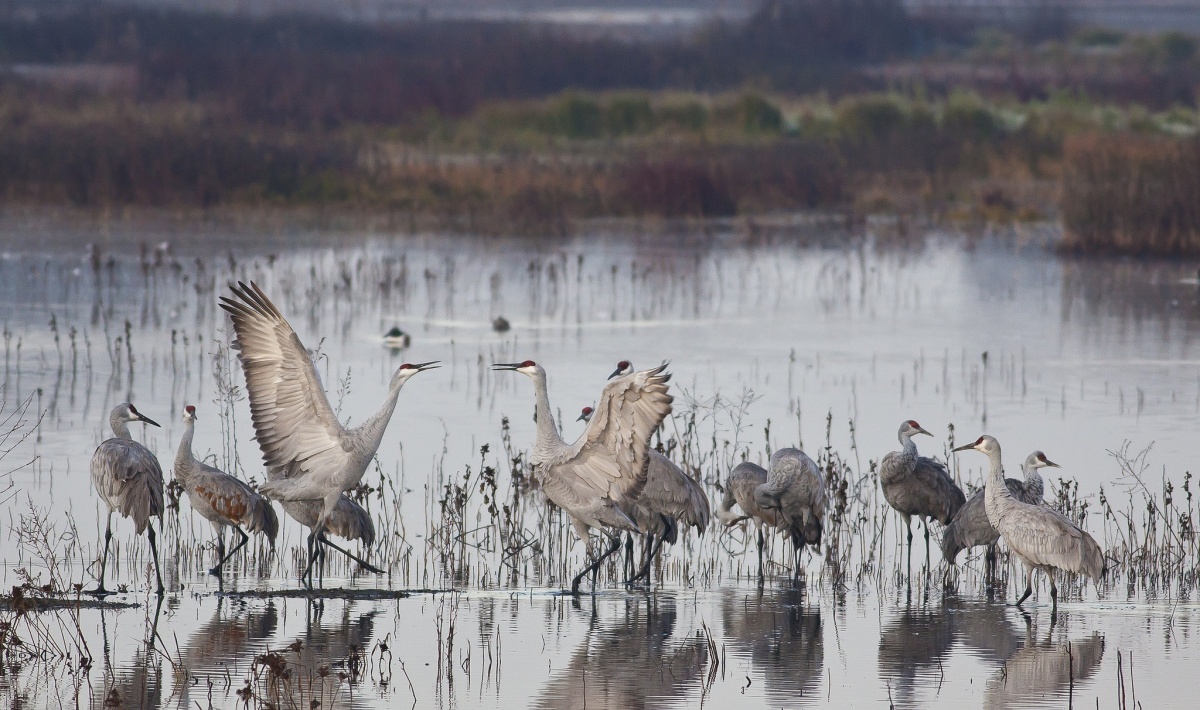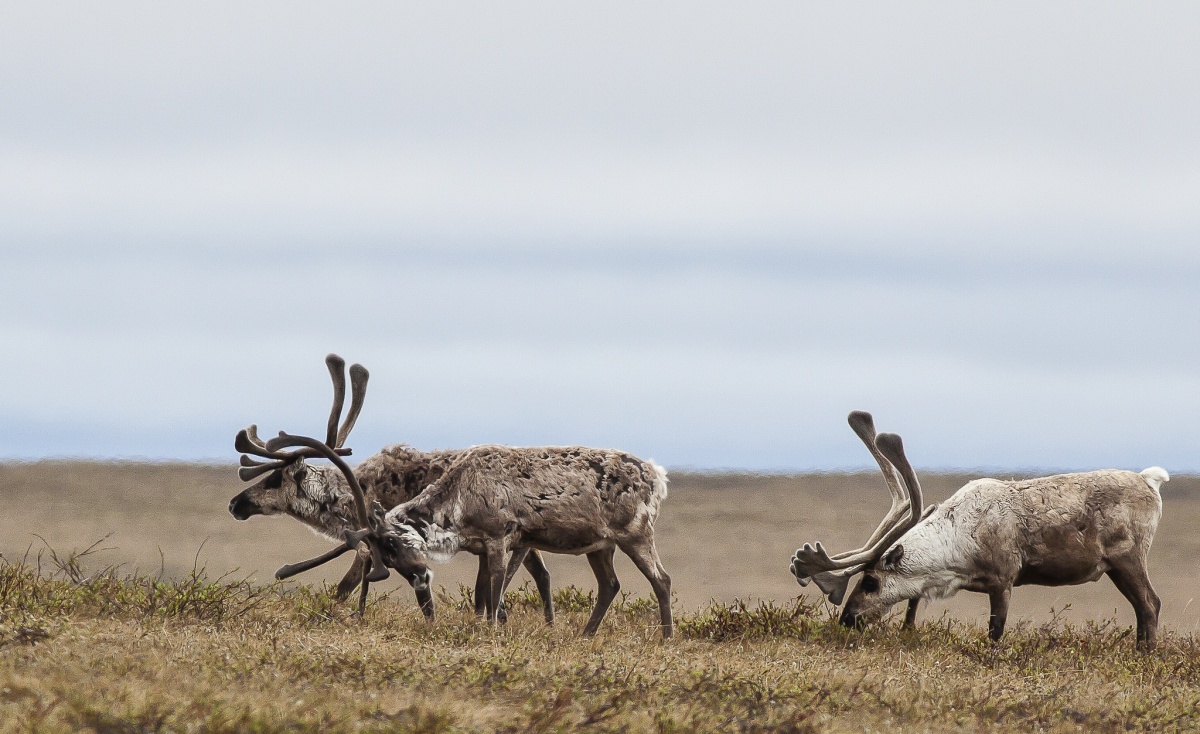About
The BLM manages wildlife species and associated habitats to ensure self-sustaining populations of native, and desired non-native wildlife on the public lands and federal mineral estate. To carry this out, the BLM must formally identify priority species; BLM-sensitive species; and other species. The agency then considers applicable conservation measures for these species and their habitats as part of the land-use planning process.

The management of wildlife resources is coordinated among all applicable stakeholders, such as federal, state, tribal governments, local agencies, and any other relevant partner organizations. The BLM is primarily responsible for managing wildlife habitat on BLM-managed public lands, while the states are primarily responsible for managing resident wildlife populations, unless there is some overriding authority that places the responsibility of wildlife species management with the BLM or other federal agencies, for example the Migratory Bird Treaty Act. In addition, there may be tribal hunting rights reserved in treaties or identified in other instruments (e.g., Presidential Executive Orders) that affect the management of wildlife resources on BLM-administered lands.

Wildlife resources and associated habitats on BLM-managed public lands are managed on the basis of multiple use and sustained yield, as defined in the Federal Land Policy and Management Act.
